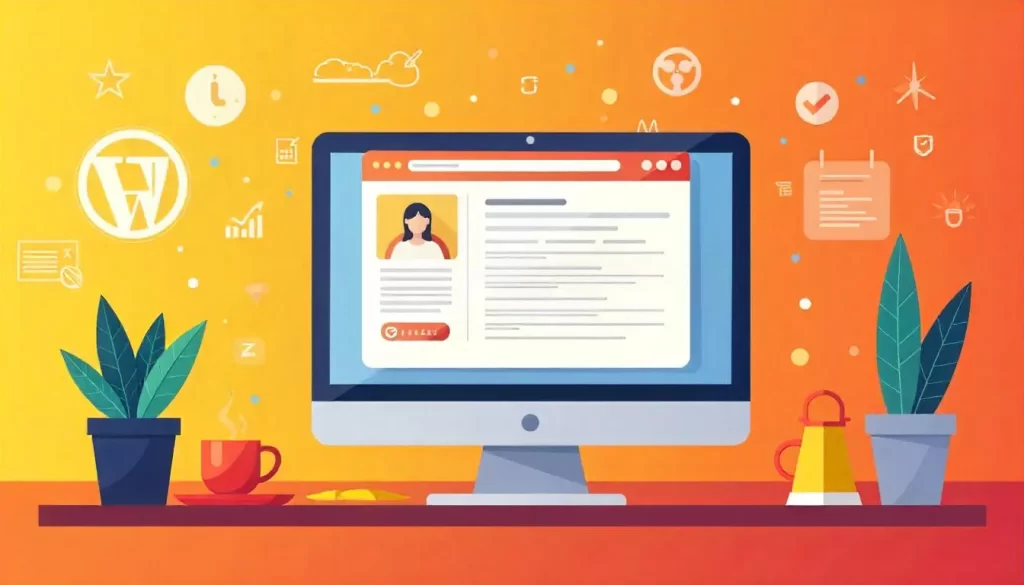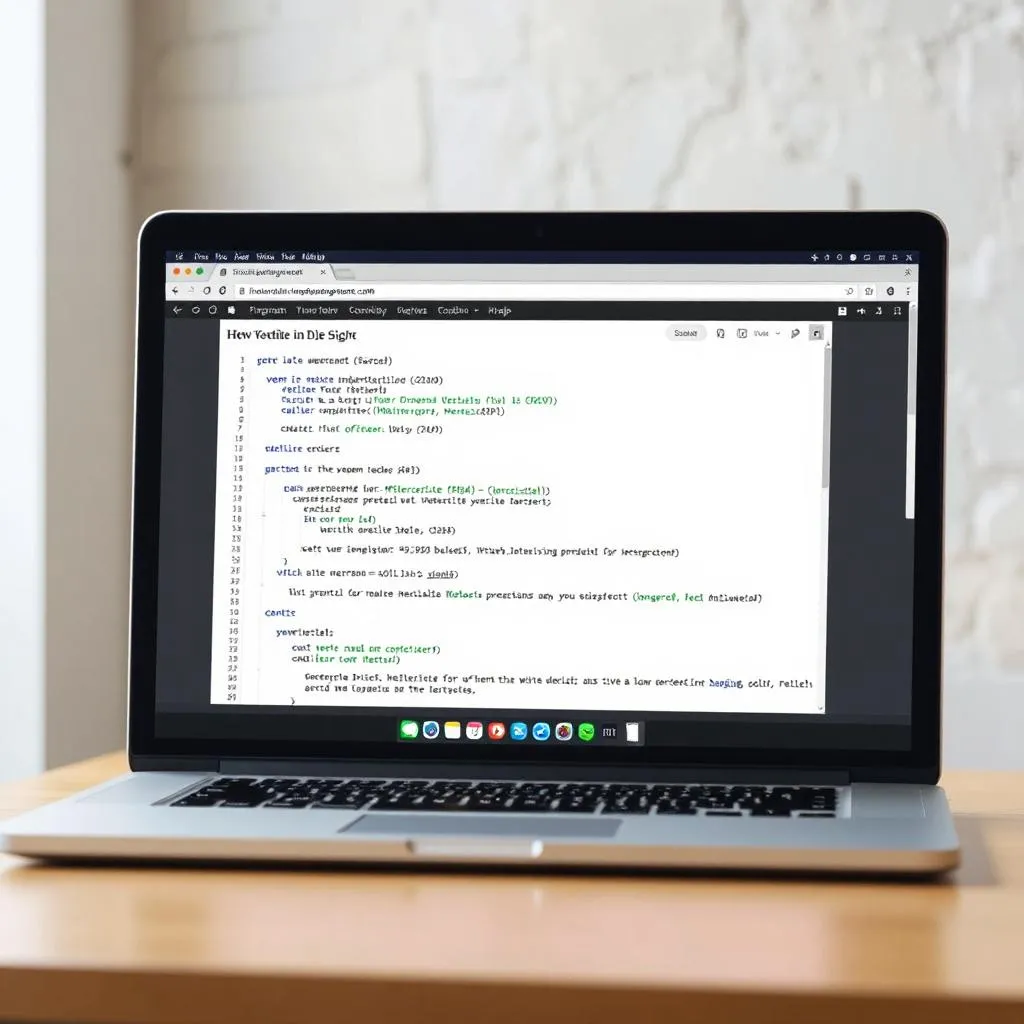Common Issues Users Face with WordPress Sites
WordPress powers over 40% of websites globally, making it a dominant content management system (CMS) in the digital world. However, with this popularity comes a range of potential issues that site owners may face. Whether you’re a seasoned developer or a beginner blogger, running a WordPress site means encountering occasional problems that require troubleshooting.
From the infamous white screen of death to server errors or plugin conflicts, WordPress issues are often a source of frustration. However, the good news is that most of these problems can be fixed with the right approach. In this guide, we’ll walk through common WordPress issues and provide you with clear, actionable steps to troubleshoot and resolve them, ensuring your website runs smoothly.

Typical WordPress Problems
White Screen of Death (WSOD)
One of the most dreaded errors in WordPress is the “White Screen of Death.” This issue causes your website to display a blank white page instead of loading the usual content. Typically, there are no error messages or clues as to what went wrong, making it particularly frustrating for users.
The cause of the WSOD can vary, from PHP memory limit issues to plugin conflicts or theme problems. Identifying the root cause can be tricky, but don’t worry—there are several troubleshooting steps to help you resolve this issue.
Related Posts
Internal Server Errors (500 Errors)
An Internal Server Error, often shown as a “500 Error,” occurs when the server is unable to process the request made by the user. This issue can be caused by various factors, including problems with the .htaccess file, incorrect file permissions, or server misconfigurations.
Unlike other errors that might provide more descriptive messages, a 500 Error is usually quite vague. However, by isolating the problem step-by-step, you can quickly diagnose and fix the error.
Plugin Conflicts
Plugins are one of WordPress’s strongest features, enabling you to add a wide range of functionalities. However, using too many plugins or installing poorly-coded ones can result in conflicts that cause your website to malfunction.
A plugin conflict might cause slow load times, break the design of your website, or even render your site inaccessible. Identifying which plugin is causing the conflict requires a methodical approach, but once you know how to troubleshoot plugin issues, it becomes easier to solve.
Theme Issues
Sometimes, the problem isn’t with WordPress itself or the plugins you use but with your active theme. A theme may have coding errors, outdated components, or compatibility issues with plugins or WordPress updates, all of which can affect site functionality.
If you’re experiencing design or layout issues that don’t seem to be linked to plugins or WordPress itself, your theme may be the culprit. Fixing theme-related problems often involves troubleshooting the theme code or even switching to a default WordPress theme temporarily to diagnose the problem.
Database Connection Errors
Another common WordPress issue is the database connection error, which prevents your website from loading. This typically occurs when the WordPress database is either misconfigured or corrupted. It can also happen if your database credentials in the wp-config.php file are incorrect.
Though a bit more technical than other errors, this issue can be fixed with some careful database troubleshooting and, if necessary, restoring the database from a backup.

Step-by-Step Troubleshooting
Deactivate Plugins
One of the most common causes of WordPress issues is plugin conflicts. If your site is showing errors, the first thing you should do is deactivate all plugins. This is particularly useful if you’re facing issues like slow load times or layout problems.
Here’s how you can do this:
- Access your WordPress dashboard (if possible).
- Navigate to Plugins > Installed Plugins.
- Bulk-select all plugins and deactivate them.
If deactivating the plugins solves the issue, then reactivate them one by one to find the conflicting plugin. After identifying the culprit, either update it, replace it with a similar plugin, or contact the developer for a solution.
If you can’t access the dashboard due to the error, you can deactivate plugins via FTP or by renaming the plugins folder:
- Connect to your website via FTP.
- Navigate to the wp-content folder and rename the “plugins” folder to something like “plugins_old.”
- Check your site to see if the issue is resolved. If so, rename the folder back to “plugins” and activate the plugins one by one to find the culprit.
Switch Themes
If plugins aren’t the problem, the next step is to check if your theme is causing the issue. You can temporarily switch to a default WordPress theme like Twenty Twenty-One to see if the issue is resolved.
Here’s how you can switch themes:
- Go to your WordPress dashboard and navigate to Appearance > Themes.
- Activate a default WordPress theme, like Twenty Twenty-One.
- Check if the issue persists.
If switching to a default theme resolves the problem, the issue likely lies with your original theme. In this case, you can either contact the theme developer for support or consider switching to a different theme altogether.
Related Posts
Check for Server Issues
Sometimes the problem lies with your hosting provider or the server hosting your WordPress site. Server issues can cause your website to go down, experience slow load times, or even cause errors like the Internal Server Error.
You can check for server-related issues by:
- Contact your hosting provider and ask if there are any ongoing server problems.
- Check your website’s error logs to see if they indicate server misconfigurations or issues.
If the server is the problem, your hosting provider will often be able to provide a solution. If server issues are persistent, you may want to consider switching to a more reliable hosting provider.
Debugging WordPress Issues Through the debug.log File
WordPress has a built-in debugging feature that can help you identify errors and troubleshoot problems more effectively. By enabling WordPress debug mode, you can view error messages in the debug.log file.
To enable WordPress debugging:
- Open your wp-config.php file.
- Add the following lines of code just above “/ That’s all, stop editing! Happy publishing. /”:
php
CopyEdit
define( ‘WP_DEBUG’, true );
define( ‘WP_DEBUG_LOG’, true );
define( ‘WP_DEBUG_DISPLAY’, false );
- Save the file and refresh your website.
- Go to the wp-content folder and find the debug.log file. Open it to see any error messages.
The debug.log file can reveal issues with your website that are difficult to spot otherwise. If you see any PHP errors or warnings, they can point you toward the cause of the problem.
Regular Maintenance and Troubleshooting for a Smooth WordPress Experience
WordPress is a powerful platform, but like all software, it requires regular maintenance and troubleshooting to ensure it runs smoothly. By following the steps outlined in this guide whether it’s deactivating plugins, switching themes, checking server issues, or using debugging tools you can quickly resolve common WordPress issues and keep your website running efficiently.
Regular updates, backups, and security scans can prevent many of these issues from occurring in the first place, ensuring a smooth experience for both you and your visitors. By staying proactive, you can keep your WordPress site secure, optimized, and free from performance issues.
Frequently Asked Questions
What is the white screen of death in WordPress?
The white screen of death (WSOD) occurs when WordPress fails to load a page, showing only a blank white screen. This issue can be caused by a variety of factors, including plugin conflicts, theme problems, or PHP memory limits.
How do I fix a 500 Internal Server Error in WordPress?
A 500 Internal Server Error can be caused by issues with your .htaccess file, plugin conflicts, or server problems. To fix it, try deactivating plugins, resetting your .htaccess file, or checking with your hosting provider.
How can I prevent plugin conflicts in WordPress?
To prevent plugin conflicts, only install plugins from reputable sources, update them regularly, and deactivate any plugins that are no longer necessary. Also, test new plugins on a staging site before deploying them on your live site.
What are the best ways to debug WordPress issues?
The best way to debug WordPress issues is by enabling WordPress debugging mode and checking the debug.log file for error messages. You can also review error logs provided by your hosting provider for server-related issues.
Key Takeaways
- WordPress issues like the white screen of death, internal server errors, and plugin conflicts are common but fixable with a systematic troubleshooting approach.
- Deactivate plugins, switch themes, check for server issues, and enable WordPress debug mode to identify the root cause of the problem.
- Regular maintenance, updates, and security checks can prevent most WordPress issues from occurring.
- Don’t hesitate to reach out to your hosting provider or a developer for assistance if you’re unable to resolve complex issues on your own.
